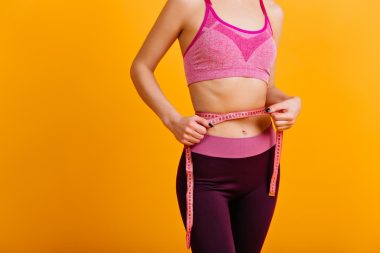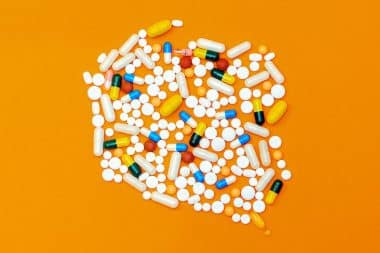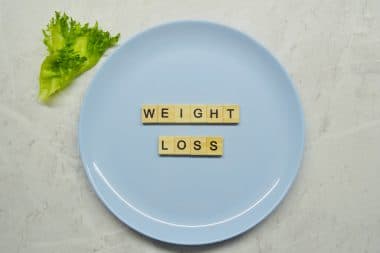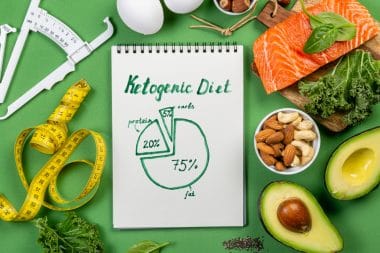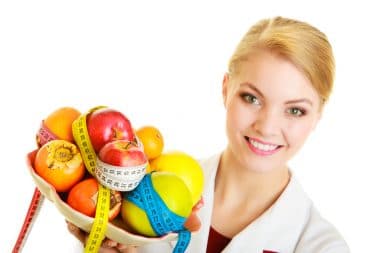It is so very easy to listen to advertisements, advice and recommendations about what foods are healthy, will prevent cancer, stop the muffin top, and keep you fit until you are ninety. Illustrations on boxes and cans, commercials and billboards show perfectly shaped people eating “reduced-fat” and only “half the calories” foods. Bring on the food brainwashing! Read the labels, search the Internet, and learn to be food savvy.
10 Foods to Rethink
Think you are eating very earth friendly and wholesome when you eat granola? Depending on how it is prepared you could be ingesting as many calories and sugars as a cookie jar full of cookies. There are other examples that sound healthy but are not.
- Veggie patties look healthy but most of the frozen versions have gums, yeast extracts and corn starches. Fillers are used to make you feel as if you are eating a burger, but additives take up the room that should be reserved for vegetables. In addition, they really don’t taste like real hamburgers.
- Turkey burgers are lower in saturated fats than beef burgers, but you may find in some brands that the turkey burgers are infused with sodium. Try a tuna burner that has no sodium and has healthy fats. Much better for your heart and digestive system.
- Fruit and nut mixes are great sources of fiber, vitamin C and proteins plus healthy fats. You may find, however that the fruits are coated with sugar and the nuts are covered in salt. Sometimes you will also discover these mixes contain chocolate or coconut fillers. Choose a fruit and nut mix that is naturally dried, and has seeds and unsalted peanuts as part of the ingredients. Read the labels and pick those packages that do not have added sugar or sodium.
- Reduced fat peanut butter just doesn’t taste the same as full-fat peanut butter and has as many calories as the full fat eversions. Fat-free means more sugars, sodium and hydrogenated oils. Watch for maltodextrin, a carbohydrate filler in your favorite brand of low-fat peanut butter. Quickly put this jar back on the shelf. Use all natural peanut butter that gives you the heart-healthy fat benefits without the sodium sugar, and carbohydrates. Ever seen those awesome grinders in the health food section of the grocery store? Use these machines to grind fresh, unsalted peanuts into healthy peanut butter.
- Great bran muffins have been touted as heart smart foods since the late 1980s. Bran is great but when used in muffins, there are other ingredients including fats and sugars. There might just be more calories and sugar in a bran muffin than a doughnut. Mix up your own bran muffins using oat-bran, applesauce and honey. If you want more fiber in your diet try, eating bran cereal that is high in fiber and low in sugars.
- This so-called healthy food might just make you cry. Sushi made with white rice and little bits of protein is not really healthy. White rice is high in glycemic properties and the fish in sushi is so small that there is really very little protein. Rice that is high glycemic promotes rapid increases in blood sugars and increases in insulin production. You will find that this is quickly followed by a drop in insulin which triggers appetite and the need to eat more. Try swapping sushi for sashimi. Eat sashimi or plan fish with a side of edamame without salt. If you still want to eat sushi, and who does not, ask the chef to wrap fish in cucumber instead of rice.
- Healthy smoothies, full of fruits and vegetables is so very good for you, but not really. Many smoothies have an excessive amount of sugar which causes unnatural impacts on blood sugar levels. Avoid sweets and calorie fillers in smoothies that include ice creams and whole milk. Fruit juice mixtures may have added sugar and sherbets are high in sugar content. Look for smoothies that do not exceed 450 calories and actually contain fresh vegetables and fruit. Smoothies are meant to help your diet not be the diet.
- Diet sodas are absolutely not healthy. No matter what the labels or the advertisements say, avoid diet sodas like the plague. The more diet sodas you drink the greater your risk of becoming overweight. The artificial sweeteners in diet sodas will disrupt the body’s natural ability to use calories efficiently. In addition when you ingest diet sodas, you are really drinking aspertaine. When broken down, aspertaine is embalming fluid. Drink water, club soda and naturally flavored seltzers. You can also quench your thirst with unsweetened teas and coffees.
- Energy bars were developed to provide a convenient source of fuel or calories during intense workouts or activities. Energy bars are now snacks for anyone who doesn’t have time to eat right. Today’s energy bars include chocolate and cookie bits, and high sugar components. Pick up a yummy candy bar; you will get the same benefits. Look for energy bars that contain no more than 200 calories and 20 grams of sugar. If you really are in a hurry, try energy bars that only contain dried fruits, seeds and nuts.
- Eating a handful of raisins or a bunch of dried cranberries is good for you. Not really. Fresh fruit is mainly water. When you dry out fruit all that is left is concentrated sugar. Dried fruits often have added refined sugar to enhance the flavor and provide shelf life. You are now loading up on calories and your blood sugar is rising to new heights. Eat fresh fruits. Grapes are perfect if you are on the run and grapes give the energy boost you are craving.
There is no need to go all vegetarian to get the healthiest foods and eating healthy isn’t always that easy. When you are in a pinch those highly processed foods may be all that you can find. You can however take steps to eat better and find ways to keep healthy foods with you when you are on the go. Choose fresh clean fruits and vegetables as often as you can and mix your own bags of non-salted nuts and sugar-free dried fruits. Read labels and watch out for foods that are advertised as “fat free.”




